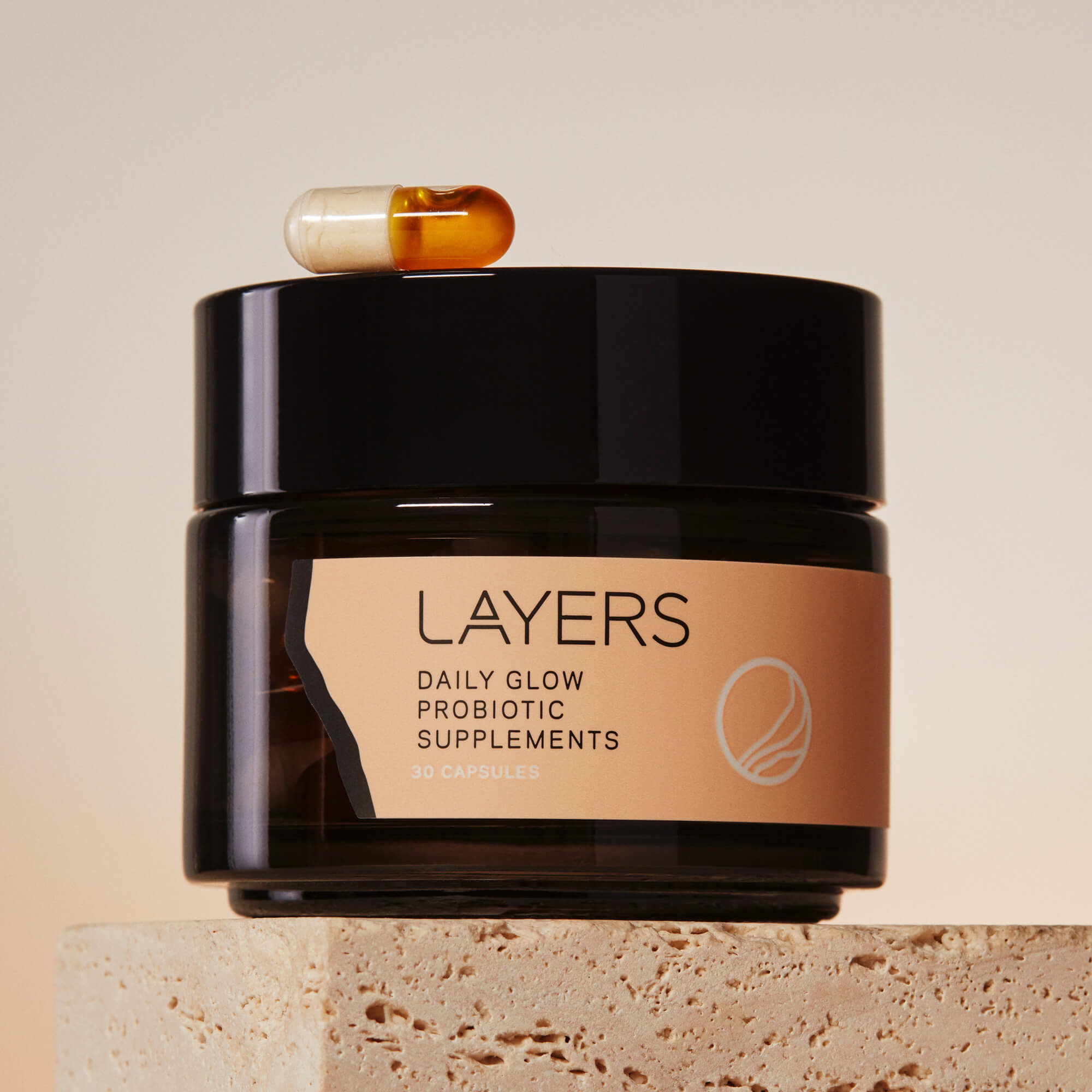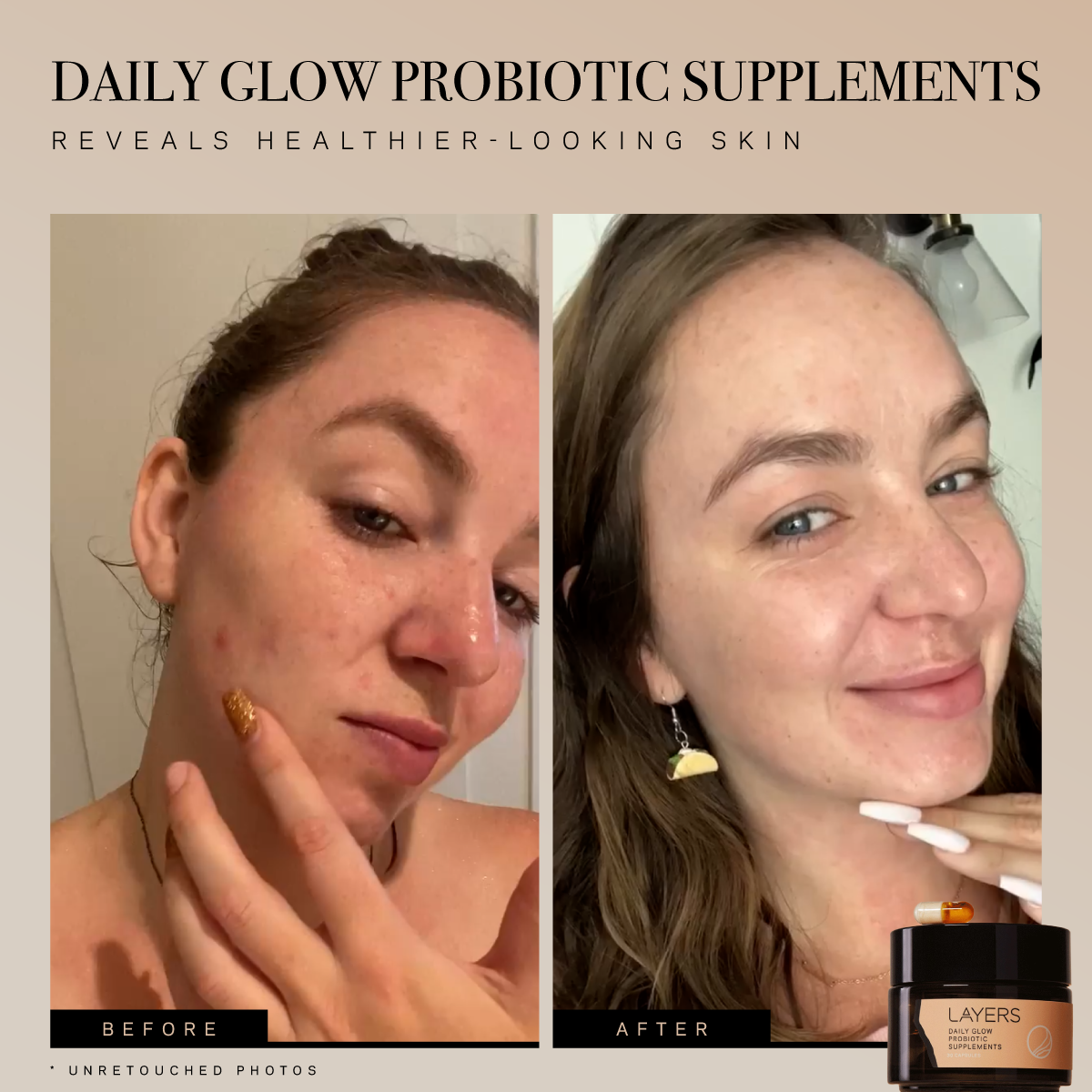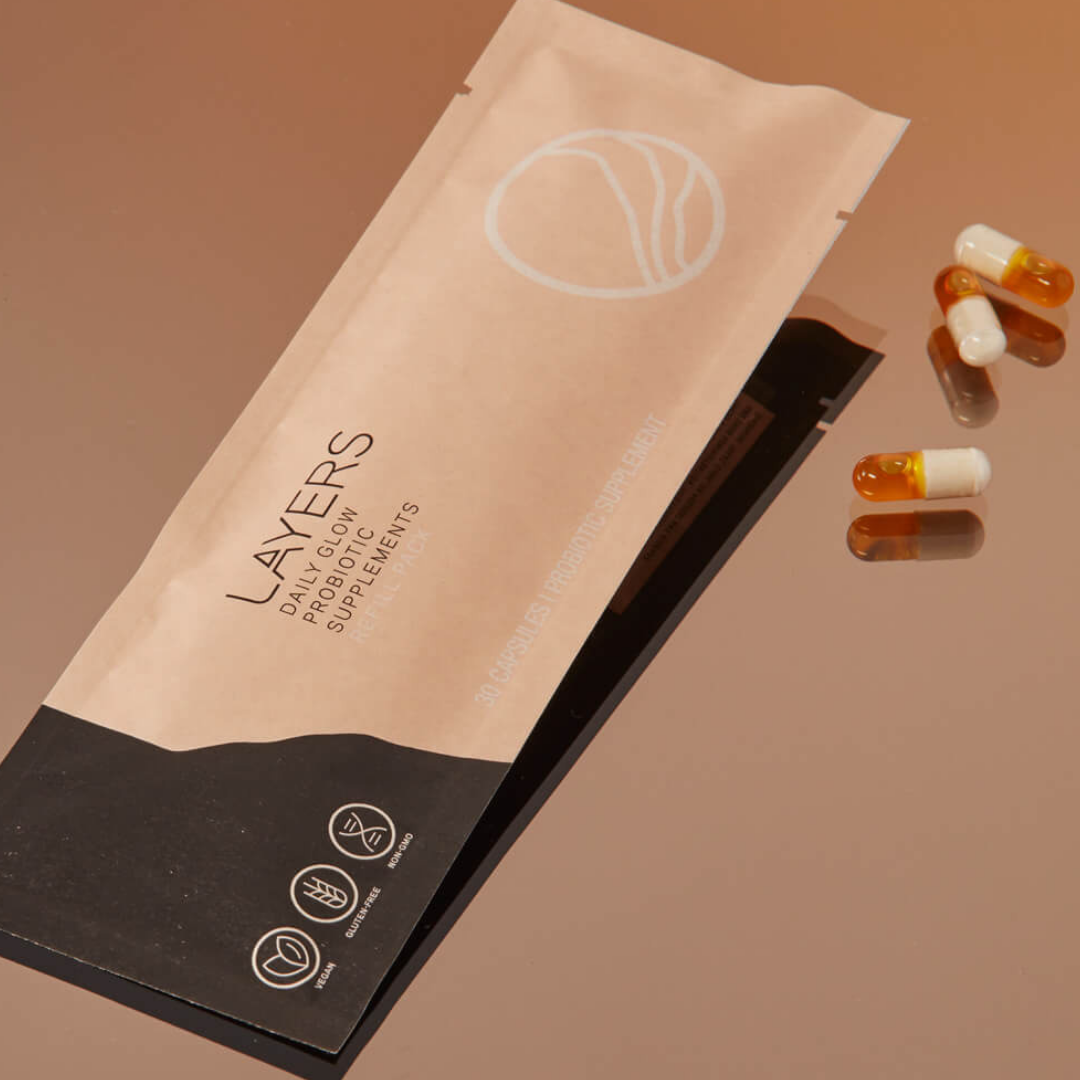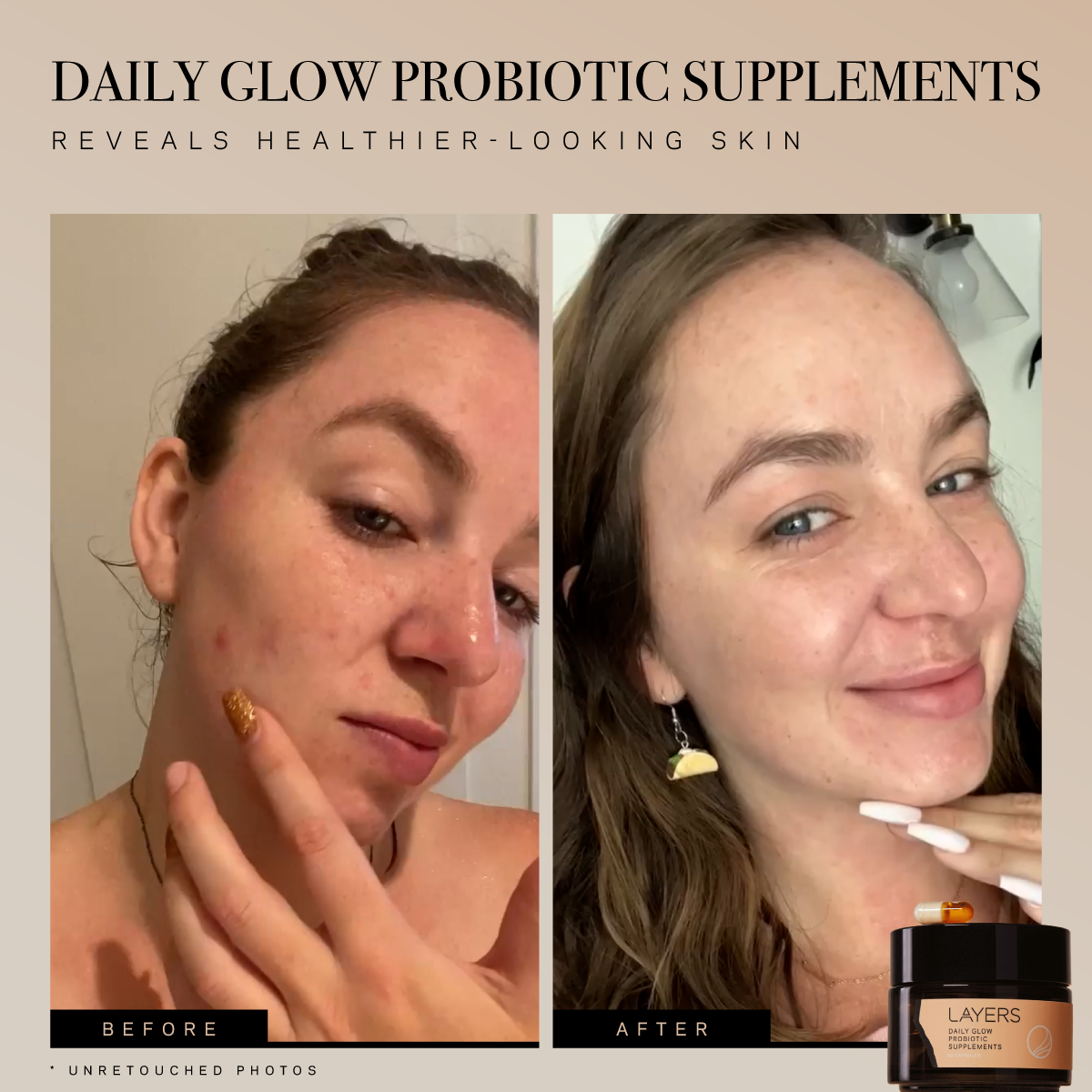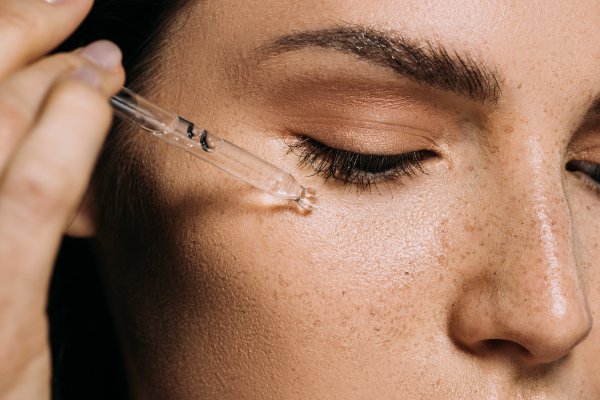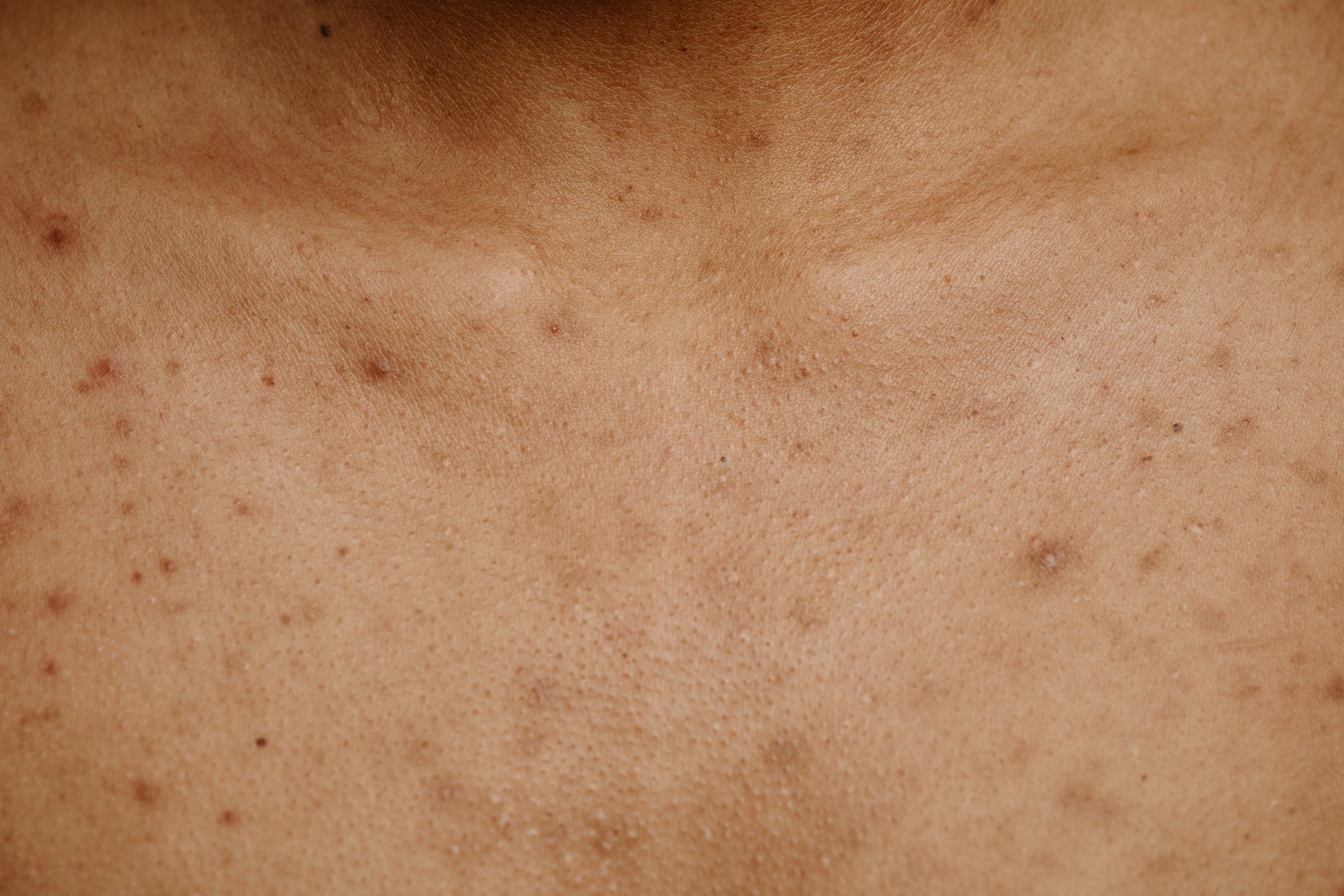One product to rule them all. Learn how lactic acid can bring your dull skin back to life.
If you understand a thing or two about how the microbiome functions, then you already know that the less intervention we have with its natural process, the better. And nowhere is that statement more true than when it comes to harsh exfoliators.
Whether it’s an overpowered chemical peel or a grainy rub, these types of exfoliators can often do more harm than good. The immediate effects can leave your skin feeling fresh and renewed but after time, signs of discomfort and irritation can appear. But there is a solution…and it’s lactic acid to the rescue!
WHAT IS LACTIC ACID?
Lactic acid is a part of the Alpha Hydroxy Acid family, commonly referred to as AHAs. This naturally occurring acid is produced by the body when your cells start breaking down carbohydrates, which are then converted into energy. You can think of it as the fuel that keeps your body charged and energized.
Lactic acid can also be isolated from dairy products through the fermentation process, or produced synthetically. This is how it works its magical way into skincare products. You can find it in everything from silky serums to creamy cleansers.
HOW DOES LACTIC ACID WORK?
Lactic acid can be applied topically to promote the shedding of dead skin cells. It does this by dissolving the dead tissue, which makes it easy to rinse off without causing skin irritation. Lactic acid comes in various percentages of strength and pH. The lower the pH, the gentler the exfoliation.
A variety of products make it easy to incorporate lactic acid, as well as other skin-loving ingredients, into your routine. The benefits can be targeted based on how long your skin stays in contact with the acid. Our Balancing Milky Cleanser includes lactic acid to gently slough away dead skin cells while helping to balance your skin’s pH levels.
Lactic acid can also be left on the skin for longer periods of time in lower concentrations. Layers Renewing Probiotic Serum can be worn during the day or overnight. It utilizes lactic acid to help smooth fine lines and wrinkles, firm the skin, and fade dark spots with continued use.
UNDERSTANDING THE BENEFITS OF LACTIC ACID
Using lactic acid as a skincare ingredient isn’t new. In fact, Cleopatra used to bathe in donkey milk as part of her skincare routine. So, how does lactic acid interact with your skin and provide so many benefits?
How Lactic Acid Benefits Your Skin:
-
Improves texture: Lactic acid gently dissolves dead skin cells and promotes cell renewal. The result is a visible improvement in skin texture.
-
Strengthens skin barrier: Studies have shown that lactic acid stimulates biosynthesis which boosts the ceramides on the outer layer of your skin. This enhances the strength of your skin barrier, which offers you stronger protection from environmental stressors.
-
Fades dark spots: AHAs have antioxidant properties, and one of those benefits inhibits the activity of tyrosinase. This helps lighten the dark pigment by reducing the synthesis of melanin.
-
Reduces the appearance of fine lines: By thickening your skin barrier to reinforce its protective qualities, lactic acid reduces the appearance of fine lines.
-
Naturally hydrates: Lactic acid has humectant properties, helping your skin latch on to moisture and retain it for more hydrated skin.
HOW OFTEN CAN I USE LACTIC ACID?
This all depends on the potency of the product. Most over-the-counter products are somewhere in the 5%-30% range. When lactic acid is at a low concentration, it can be used more frequently.
For example, if it’s one of the ingredients in a product that’s meant for daily use, like a lactic acid serum or cleanser, then it’s likely safe to assume you can include it in your daily routine. It’s a good idea to always read product directions just to avoid possible irritation.
Higher-strength lactic acids should be used on a rotating basis. It’s important to start low and slow, paying close attention to how your skin handles the product. Don’t start with too high of a concentration too fast. You can always increase the strength incrementally until you find that sweet spot.
TIPS FOR PAIRING AHA'S
Lactic acid is, after all, an acid, which means you have to be careful what you pair it with. It works well with hydrating creams and moisturizers, and products with ceramides, peptides, and hyaluronic acid.
There are a few things to avoid when mixing and matching products in your skincare routine. Other alpha hydroxy acids and beta hydroxy acids should be avoided on the days you’re using lactic acid. Retinol is another potentially irritating combination. If you’re using prescription retinol, speak to your dermatologist before incorporating lactic acid into your regimen.
And don’t forget your SPF. Lactic acid can make your skin more sensitive to sun exposure, so always use sunscreen if you’re reaping the benefits of lactic acid. Follow these tips and you’ll see all of the results with few, if any, of the side effects.
Lactic acid can give your skin a beautiful, healthy boost. You can gently wash away dead skin cells, speed up cell renewal, hydrate your skin, and strengthen your protective barrier all in one fell swoop. With combination serums and cleansers that include lactic acid, you can cleverly multitask when it comes to your skincare lineup, giving your skin a whole lotta benefits with a lot less work.

